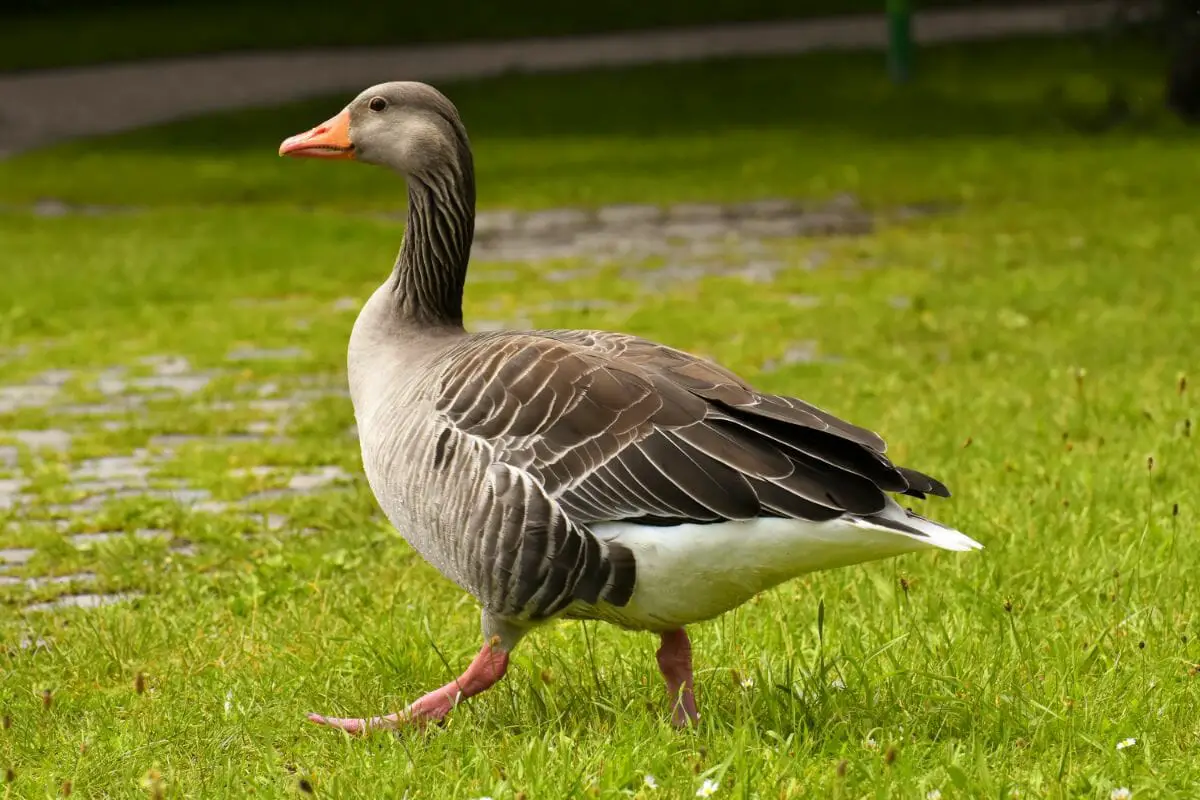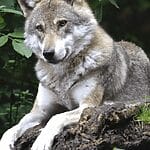The most common waterfowl is the goose, or geese. The bird is domesticated and widely
employed for a variety of uses. They are very unique animals with a range of distinct characteristics between species.

In many cultures and stories, they are also regarded as pets.
Goose species can be found all throughout the world and are excellent pets, watchdogs, and lawn mowers.
For the specialized breeders and caretakers of pure breed geese, they are often raised for their meat and sporadically for their speciality eggs.
Goose species can be found in many different varieties all around the world. Not all geese are created equal.
This article will discuss 10 well-known types of goose and explain how they differ from one another.
Toulouse Geese
The birds are native to the Toulouse region of southwest France.
Among the oldest breeds, it is frequently used to produce meat, particularly when bred with Embden geese.
They have a long, wide, and deep body; a full, profound, and upright breast; strong, large wings; a thick, long neck; and a slightly short, upward-pointing, spread tail.
There are various color options, such as gray and white.
Ganders range in body weight from 11.8 to 13.6 kg, while geese weigh 9.1 to 10.9 kg.
Embden Geese
Northern Europe, specifically Germany and Holland, is where the Embden goose first appeared.
They have a short tail, long back, attractively arched necks, and a well-rounded, hefty body.
They have an oval-shaped head and a long, elegant neck.
The Embden geese are the tallest and longest domestic goose breed.
They grow swiftly, reaching weights of roughly 9 kg for geese and 14 kg for ganders in a short period of time.
African Geese
African Geese are distinct from Chinese Geese since they are African in origin and have thicker necks and stockier bodies.
They have a big, long body, strong, massive wings, and long, spread-out tails.
It has enormous bills that are essential at its base, wide, deep, heavy, and soft wattles, and large eyes.
The body weight of a gosling ranges from 8.2 to 10.9 kg, and that of a gander from 10 – 12.7 kg.
Sebastopol Geese
The Sebastopol geese, also known as the Danubian goose, were initially from the Danube River near the Black Sea.

There are four different color options: buff, white, gray, and saddle-backed color.
They are used for exhibitions because they make interesting and attractive pets.
Ganders and geese have body weights that range from 5.7 – 7.0 kg and 4.5 – 6 kg, respectively. Each year, females produce 30 to 50 eggs.
Pilgrim Geese
It was created in Missouri throughout the 1930s by renowned duck breeder Oscar Grow, but it has North American origins.
The majority of adult ganders are white, with hints of grey on the rear and occasionally on other portions of their bodies.
The majority of adult geese are gray, with hints of gray on occasion in their faces.
This breed has a rapid rate of growth, and the body weight ranges from 5.4 to 7.3 kg for the goose and 6.3 – 8.2 kg for the gander.
American Buff Geese
The Pomeranian breed was used to generate the American Buff geese, which have USA origins.
It is viewed as a goose with dual use because it produces both meat and eggs.
Males in this breed weigh an average of 8.16 kg, while females can weigh up to 7.26 kg.
They have orange feet and a bill, and apricot-fawn coloured plumage.
The buff goose is a good broody bird and lays 15 – 25 white eggs per clutch.
Pomeranian Geese
Historically, Pomeranian geese were bred to have a lot of breast meat.
The typical feather hues are white, pied buff, mottled grey, and grey.
They have a paunch with just one lobe. The body mass varies from 7.3 – 9.1 kg in the goose and 8.2 – 10.9 kg in the gander. Depending on the strain, females lay 35 – 70 white-colored eggs.
Chinese Geese
The domesticated Chinese Goose, which is derived from wild Swan geese, is available in two color variations: gray and white.
In Germany, they are referred to as Hockerganse, and in France, as Oies de China.
This breed makes a good “guard dog,” as well as being raised for eggs and meat.
Both types of adult ganders weigh between 4.5 and 5.5 kg, and a goose hen weighs between 3.5 and 4.5 kg.

Roman Tufted Geese
The Roman Tufted geese is a little decorative breed that originated in Germany’s Danube River Valley more than 2000 years ago.
They stand horizontally and are attractive, attentive, and lively.
The bird has quite a large, powerful, compact tail, long wings, and a strong, profound, wide body.
Old goslings weigh around 5.5 kg, whereas old geese weigh 4.50 kg. Young goslings weigh 4.50 kg, while young geese weigh 4.0 kg.
They feature pinkish bills with white tips, blue eyes, and legs that are reddish-orange.
Canada Geese
Canada geese are wild birds that breed in Canada. It has a brownish-gray body, a black head and neck, and white patches on its face.
The Canada geese is native to the temperate and arctic regions of North America.
This bird has a length of 76 – 110 cm and a wingspan of 127 to 180 cm.
The male may be highly violent when protecting territory and typically weights between 3.2 and 6.5 kg.
When numerous birds make the loud “honk honk” call at once, it becomes noisy.
Final Thoughts
Among the most common domesticated waterfowl worldwide is the goose.
They are smaller than swans but bigger than a duck. They are raised mostly for meat. Numerous species are preserved as exhibition birds, pets, and for religious myths.
We’ve provided you with a list of some of the most popular goose breeds in this article – hopefully you have found it interesting and have learned a little more about geese!








